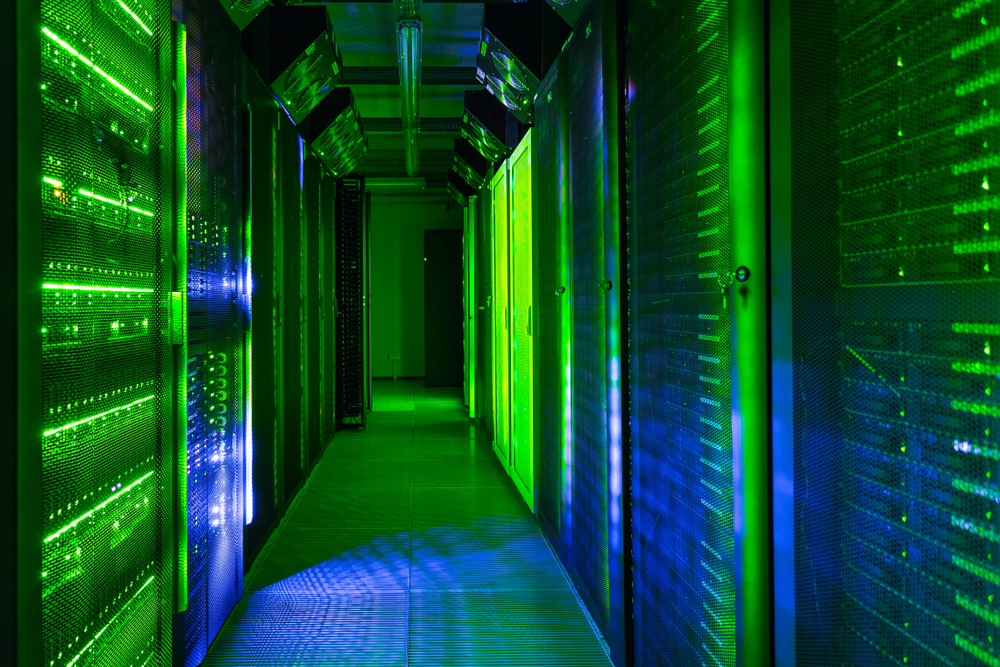Cybersecurity continues to be one of the most significant risks facing businesses today.
While it seems that we are hearing more and more about cybersecurity in the press, there has – till recently – been a misconception that it is an ‘IT issue’. This is especially true when it comes to topics perceived as requiring technical expertise, such as the network.

Security is increasingly becoming the key conversation I’m having with the customers and partners I visit across the region. With every sector now undergoing digital transformation, I’d urge senior business leaders, from the C-Suite to the board, to think differently about the network. It has a bigger security and business enablement role than you might imagine.
With that in mind, here are three reasons why you should put the network, and its security, at the heart of your business strategy.
New opportunities, new threats
We released a report looking at networking on the edge – a new approach by which technology decisions are processed at the edge of a company’s network, allowing things to happen more quickly and with less lag time for the user. One of the most exciting benefits of edge networking is how it can help businesses unlock new technologies like the Internet of Things (IoT), to create new customer and employee experiences.
IoT holds tremendous opportunities for businesses but is also one of the biggest sources of concern among our customers. It is very much an emerging technology field, and devices are often not built with a security-centric mindset – even those destined for environments like healthcare and financial services, where physical and digital security is essential to operations. This is especially true of the increasing number of consumer devices that are popping up in the office environment – think of smart speakers and smart watches for example.
The cybersecurity risks around these new technologies will be unbelievably high unless business leaders prioritise securing the network that powers them. Organisations who focus on their network security today will be in a much better position to adapt securely to these new technologies, properly integrate them into the workplace, and ultimately reap the business rewards.
Enabling the workplace of the future
Digital transformation is an undeniable force shaping businesses today. It’s changing how businesses fundamentally work – from where their data is stored, to how their operations are run and where their staff are based. Moving to the cloud remains one of the top company priorities as part of this transformation, but business leaders should be thinking about their network as part of this move too.
While applications and storage have largely been moved to the cloud already, however, large, complex corporate networks are still primarily run on the premises. I’d wager that this is because companies perceive the risks involved in moving their network to the cloud to be too high – but this doesn’t need to be the case if you build in the right level of security from the offset.
In the future, I believe we should be moving to an environment where both the network and its security are run from the cloud, with a single pane-of-glass view allowing teams to understand, manage, and protect what is happening.
As the network grows in importance, having this at a glance view of what is happening will become more and more vital. The physical nature of offices has changed dramatically in the past ten years, causing a greater emphasis to fall on the network to enable new types of working. From co-working spaces, to working from home or completely remotely, the new face of the workplace is well and truly digital – and well and truly dependent on the network.
Companies need to develop a security-first mindset and rapidly adopt these new ways of working in order to keep the next generation of employees engaged, and work with clients more effectively and efficiently. But before they do anything they must ensure that the network keeps all of these people, data and processes safe and secure.
Staying ahead of regulatory changes
Since GDPR came into force, we have now started to see real fines being implemented on businesses who aren’t up to scratch. No matter how GDPR develops, cyber security will play a pivotal role in compliance.
Business leaders who have seen the impact of fines on other enterprises must now take an active interest in the way that data gets into and goes out of their businesses – the network. Security and IT teams can use the GDPR framework to better manage the collection and use of personal data while filling in potential gaps in their protection infrastructure.
Security, more than an IT issue
No matter the size of your business, you either are, or shortly will be amid a full digital transformation. There will be an exponential increase in the amount of data going in and out, employees using personal and business devices in a myriad of locations, and consumers (and their regulators) keen to make sure you’re looking after their information.
Whether or not you’ve realised it, the network is now the very backbone of your organization, serving as a structure, support and enabler of every business function and service you provide. It’s time for business leaders to take an increased interest in making sure they protect this highly important asset.










Discussion about this post